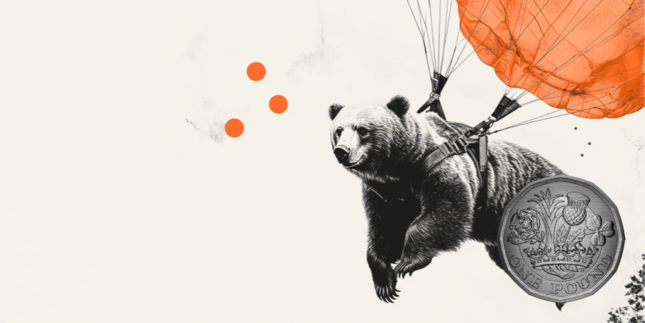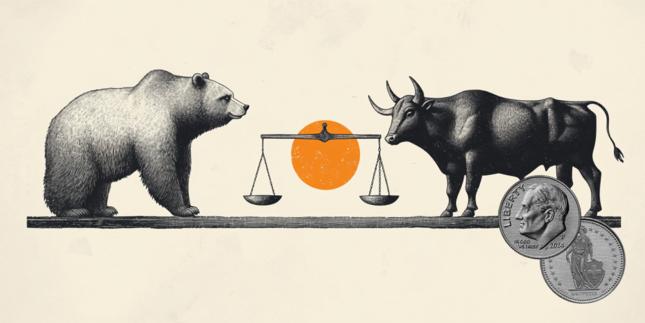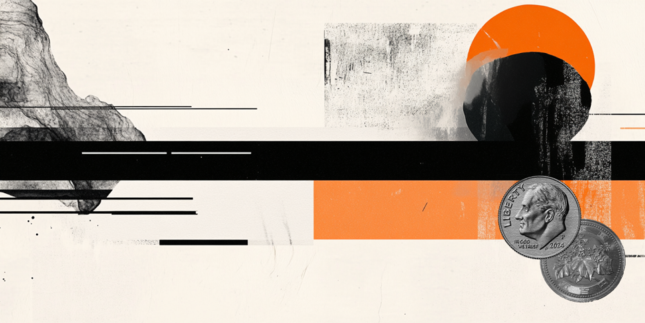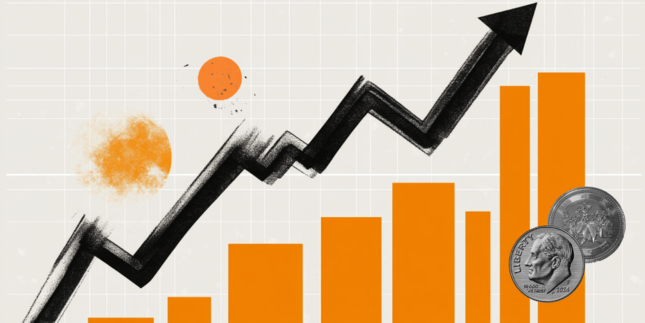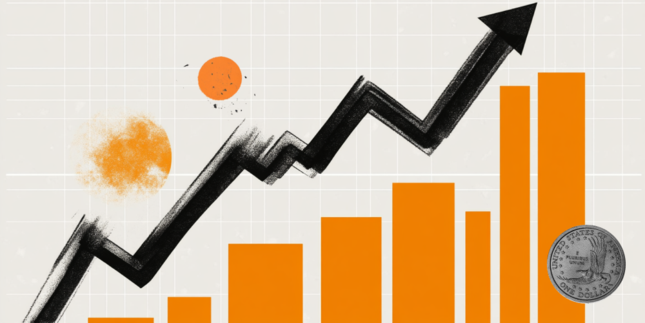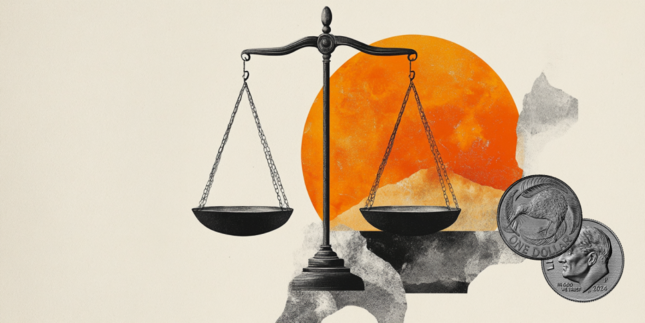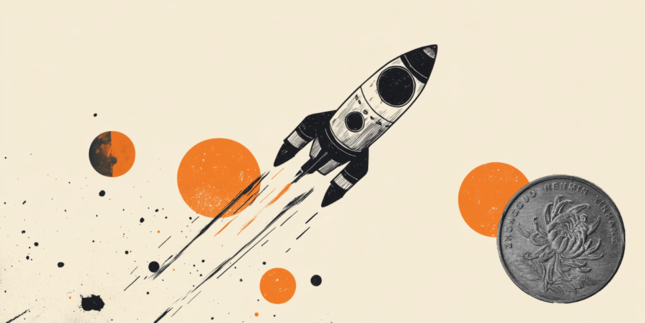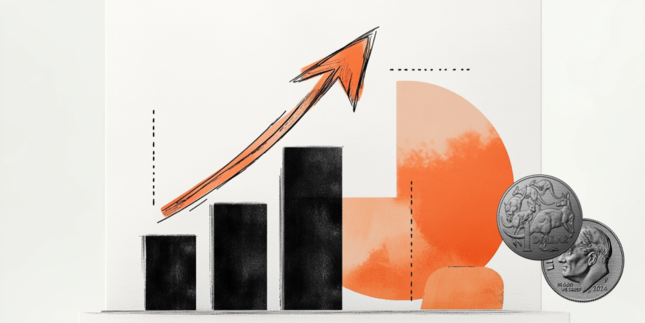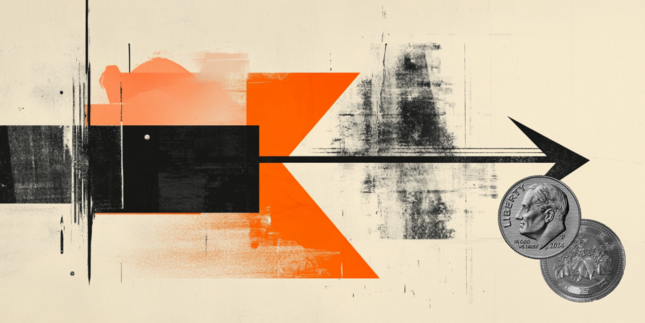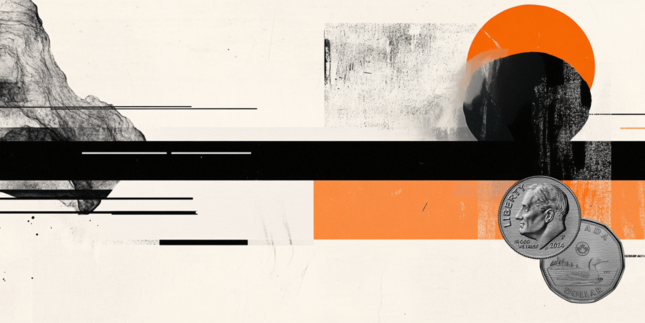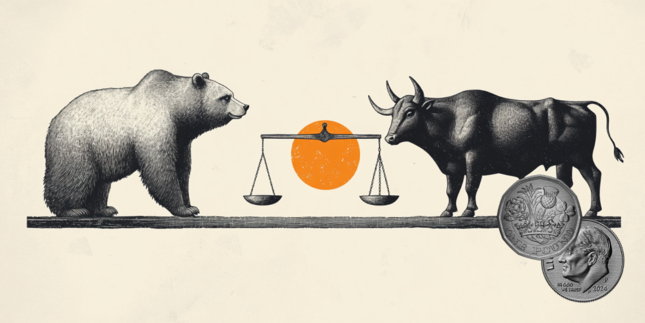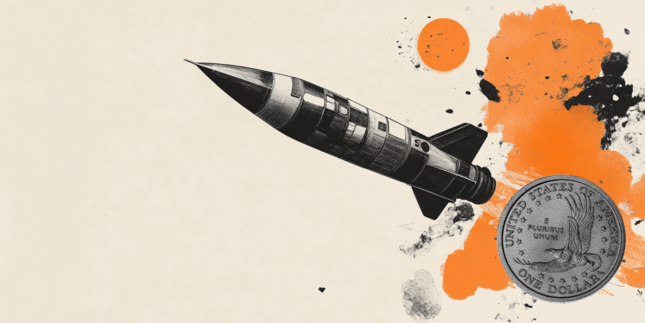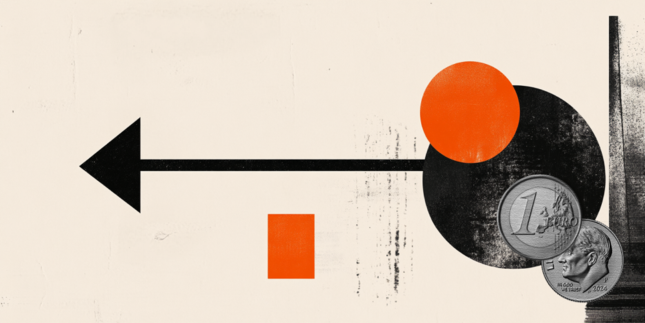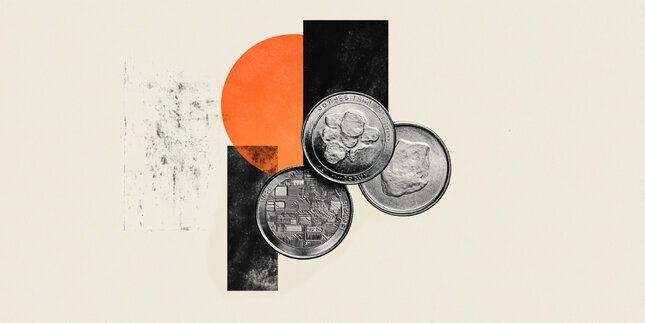USD/CAD holds below 1.4400 on weaker US Dollar, lower US yields
- USD/CAD trades with a mild negative bias near 1.4395 in Friday’s early Asian session.
- US Retail Sales rose less than expected in December 2024.
- BoC expects to end quantitative tightening in the first half of 2025.
The USD/CAD pair trades with mild losses around 1.4395 during the early Asian session on Friday, pressured by the weakening of the US Dollar (USD) and a decline in US yields across the curve. Later on Friday, investors will keep an eye on the US housing data for December, including Building Permits and Housing Starts. Also, the US Industrial Production will be released.
Data released by the US Census Bureau on Thursday showed that US Retail Sales rose by 0.4% MoM in December, reaching $729.2 billion. This reading came in weaker than the market expectations of a 0.6% rise and lower than the previous reading of a 0.8% increase (revised from 0.7%). The Greenback edges lower after the weaker US Retail Sales data. However, the downside for the USD might be limited amid the Federal Reserve's (Fed) cautious approach to cutting interest rates this year.
On the Loonie front, investors braced for potential US trade tariffs by US President-elect Donald Trump and the Bank of Canada (BoC) said it would end its quantitative tightening program in the coming months. BoC Deputy Governor Toni Gravelle said on Thursday that although the BoC is expected to end its quantitative tightening program in 2025, the Canadian central bank won't be immediately pivoting into a similar quantitative easing structure as it has done in recent years.
Canadian Dollar FAQs
The key factors driving the Canadian Dollar (CAD) are the level of interest rates set by the Bank of Canada (BoC), the price of Oil, Canada’s largest export, the health of its economy, inflation and the Trade Balance, which is the difference between the value of Canada’s exports versus its imports. Other factors include market sentiment – whether investors are taking on more risky assets (risk-on) or seeking safe-havens (risk-off) – with risk-on being CAD-positive. As its largest trading partner, the health of the US economy is also a key factor influencing the Canadian Dollar.
The Bank of Canada (BoC) has a significant influence on the Canadian Dollar by setting the level of interest rates that banks can lend to one another. This influences the level of interest rates for everyone. The main goal of the BoC is to maintain inflation at 1-3% by adjusting interest rates up or down. Relatively higher interest rates tend to be positive for the CAD. The Bank of Canada can also use quantitative easing and tightening to influence credit conditions, with the former CAD-negative and the latter CAD-positive.
The price of Oil is a key factor impacting the value of the Canadian Dollar. Petroleum is Canada’s biggest export, so Oil price tends to have an immediate impact on the CAD value. Generally, if Oil price rises CAD also goes up, as aggregate demand for the currency increases. The opposite is the case if the price of Oil falls. Higher Oil prices also tend to result in a greater likelihood of a positive Trade Balance, which is also supportive of the CAD.
While inflation had always traditionally been thought of as a negative factor for a currency since it lowers the value of money, the opposite has actually been the case in modern times with the relaxation of cross-border capital controls. Higher inflation tends to lead central banks to put up interest rates which attracts more capital inflows from global investors seeking a lucrative place to keep their money. This increases demand for the local currency, which in Canada’s case is the Canadian Dollar.
Macroeconomic data releases gauge the health of the economy and can have an impact on the Canadian Dollar. Indicators such as GDP, Manufacturing and Services PMIs, employment, and consumer sentiment surveys can all influence the direction of the CAD. A strong economy is good for the Canadian Dollar. Not only does it attract more foreign investment but it may encourage the Bank of Canada to put up interest rates, leading to a stronger currency. If economic data is weak, however, the CAD is likely to fall.
Forex News
Keep up with the financial markets, know what's happening and what is affecting the markets with our latest market updates. Analyze market movers, trends and build your trading strategies accordingly.



